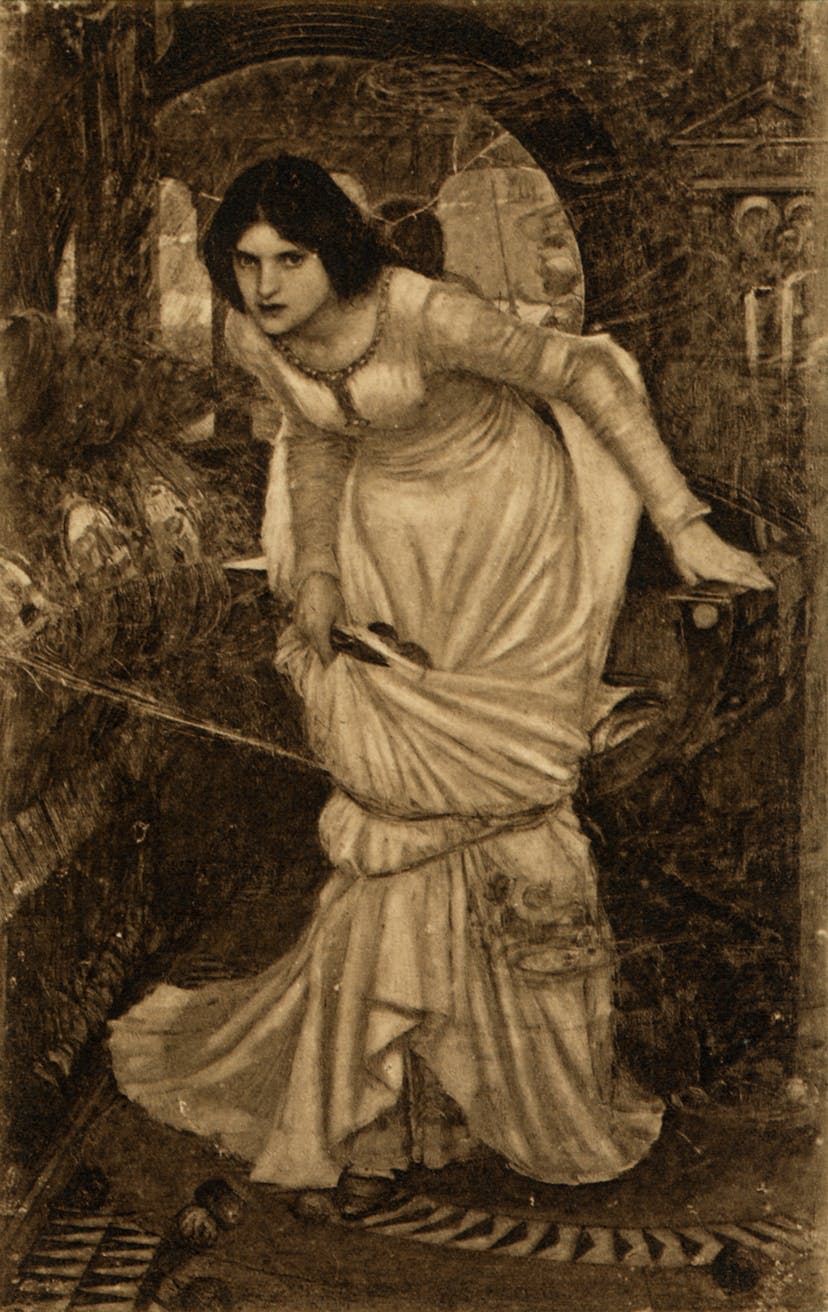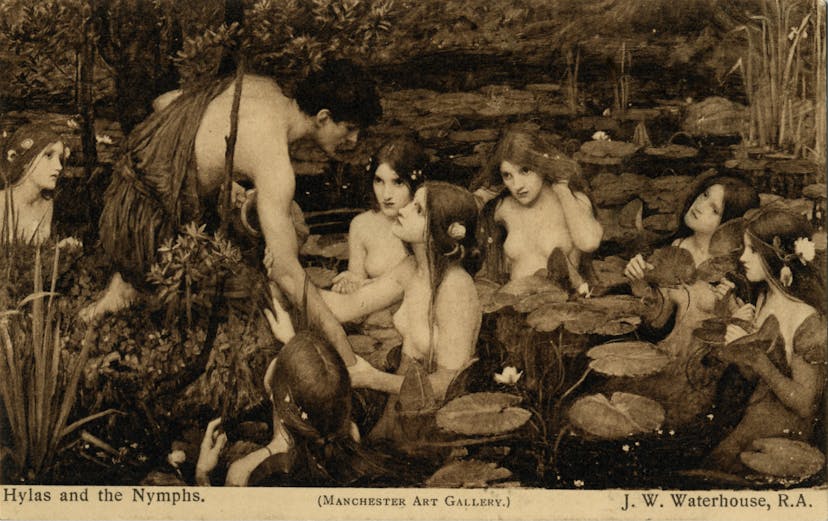JW Waterhouse, a man of the North
Although born in Rome, Italy, John William Waterhouse considered himself a man of northern England, in particular the city of Leeds, Yorkshire. His father, William, was from Leeds and Waterhouse was educated in the city.
The Yorkshire Union of Artists
Waterhouse was first elected President of the Yorkshire Union of Artists in 1896 and re-elected in successive years. A newspaper article reporting on the 21st Annual Exhibition held in 1908 mentioned that the qualification for membership was birth or residence in Yorkshire:
...it was opened at the Leeds City Art Gallery by Alfred East, A.R.A. Before the establishment of the union several attempts were made to bring Yorkshire artists together, but different societies were short-lived. The stability and constant growth of the union are chiefly due to the fact that no different standard has been setup for professional and amateur members, the productions of each being judged purely on their merits. The union owes much to the unceasing activity of its Hon. Secretary, Mr. W. Edwin Tindall, R.B.A., who has held the office since 1889. Mr. J.W. Waterhouse, R.A. is the president, his predecessor being the late Lord Leighton. The qualification for membership is birth or residence in Yorkshire.
The manner in which Waterhouse attained the qualifications for membership remains somewhat ambiguous, especially considering he was neither born in nor had any residency in Yorkshire. One possibility is that he received an honorary form of Yorkshire "citizenship" owing to his paternal lineage, which can be traced back to Yorkshire.
Representation in Art Galleries of the North
After Waterhouse had gained success and recognition as a painter, he was keen that his paintings be represented in the art galleries of the north. Here are two contemporary accounts of how Leeds and Manchester gained their Waterhouse pictures.
Leeds

(Image taken from a vintage postcard)
In 1895 Waterhouse encouraged the recently built Art Gallery in Leeds to acquire his painting The Lady of Shalott (1894). An account of Leeds City Council agreeing to securing it on specially favourable terms from the artist, "a native of the city", is recorded in a local newspaper:
In proposing the confirmation of the minutes of the Free Library and Fine Art Gallery Committee Alderman Spark made a statement with reference to the purchase of a picture by Mr J. W. Waterhouse, R.A., entitled, "The Lady of Shalott". He thought it of interest to say that the artist was the son of a Leeds man, and though born in Rome in 1849 he had been educated in Leeds, and it was because of his desire that there should be a representative work of his in the possession of the Council of the city in which he was brought up that he agreed to accept a sum much less than the 700 guineas at which price the picture was catalogued at Glasgow last year. The motion was agreed to.
Manchester

(Image taken from a vintage postcard)
Another newspaper article reveals that Manchester Art Gallery, had turned down the Lady of Shalott, and would instead later purchase Hylas and the Nymphs, here referred to as Hylas and the Naiads.
At last the Corporation has secured an example of the work of J. W. Waterhouse, R.A., No. 330, "Hylas and the Naiads." It is difficult to understand why the Council, which refused the "Lady of Shalott" by the same artist, should without a murmur accept this example of the art of Waterhouse! Truly, the ways of councils, committees, and "honourable boards" are peculiar.
That a specimen of the art of this representative painter should be in the City Gallery we have before advocated; but there are two very important points to be considered in selecting a work of a painter who deals in poetry, mysticism, and mythology.
In any case his work cannot be popular; it only appeals to the cultured mind, and consequently to a minority of those who visit a gallery in the heart of such a city as Manchester. The example, therefore, should be of such a kind as to show the best qualities of the painter. Although the general public know nothing about the unfortunate youth who excited the love of the Naiads who drew him under when he went for water, those amorous young ladies might have been beautiful and not all painted from the same model.
It is true that the same model was used in the "Lady of Shalott", but she alone filled the scene; and although she was used as an expression of a poetic idea, that idea was concentrated; nay, almost tragic in its power, the poetic thought was the offspring of the genius of an English poet, and not a classical myth. Apart from the subject, the former picture refused by the Corporation was a superior work of art to the one now purchased by the Art Gallery Committee. Again, we say, the ways of committees are peculiar.
- The Manchester Courier, September 9, 1896
Other Northern Art Galleries
John William Waterhouse's paintings can be found in towns including Liverpool, Bolton, Burnley, Preston and Rochdale. A full list will be available soon.
Painted in the 1890s
The Lady of Shalott and Hylas and the Nymphs were both painted in the 1890s. Browse additional works of art painted by Waterhouse in this decade.